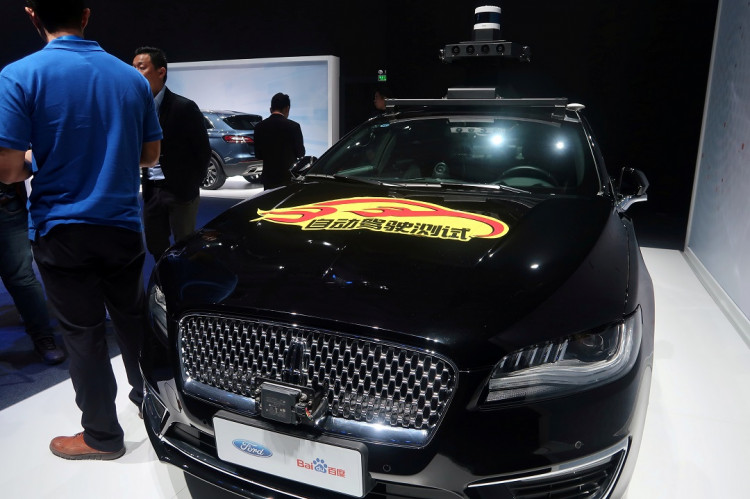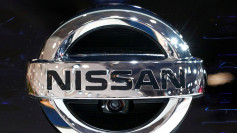Scientists are designing autonomous cars and drones integrated with spider-inspired sensors into their shells so they can better detect and avoid objects. Enhanced sensing capabilities would make it possible for cars to prevent accidents caused by human error and drones to navigate in dangerous environments, researchers said.
In a paper published in ACS Nano, a team of researchers from ETH Zurich, Nanyang Technological University, and Purdue University, a proposition was drafted to integrate spider-inspired sensors into the exterior of autonomous machines. This would allow vehicles to selectively process data faster than they are capable today.
According to the researchers, the reason why nature can quickly process data as seen in birds, bats, and spiders is due to the fact that they don't have to process all data. They merely need the information needed for them to survive.
For example, when prey gets caught in a spider's web, hairs on the spider's legs vibrate at a specific frequency and stimulate mechanosensors. However, when dust lands on the web, the mechanosensors will not be triggered and respond to the frequency of that vibration.
This is the mechanism that the researchers are working to emulate - a type of technology that would respond in the same way, processing information selectively, cutting down on their data load.
In nature, once a certain level of force triggers the mechanoreceptors associated with the hairy mechanosensor, these mechanoreceptors compute information by switching from one state to another.
The sensors on spiders' legs are able to switch between responding and sensing to stimuli, or between acting as receptors and sensors. "There's no distinction between hardware and software in nature; it's all interconnected," said Andres Arrieta, one of Purdue's researchers. The work of a sensor is more than just interpreting data, as it is also meant to gather and filter it.
This is exactly the goal of the researchers. They want to incorporate these spider-like sensors into cars and drones.
The type of sensors they are designing change shape when triggered by external stimuli that meet a predetermined threshold. For conducive particles to move closer together, they will have to change shape and thus allows for electricity to flow through the sensor and carry a signal.
That signal will determine how the autonomous system will respond. This mechanism is how sensors sense and filter data quickly as well as compute without any power source.
Should the team turn out successful in developing and applying these sensors, it will improve the way autonomous cars navigate various environments. It could potentially lessen the accidents caused by hazards in the road.





